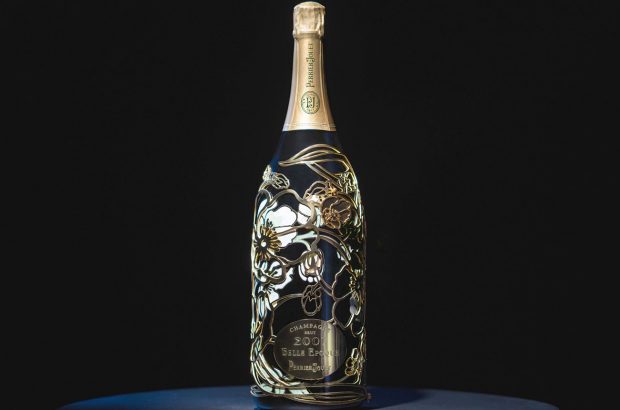Muscat, Moscatel, and Moscato – same but different, right? The answer is both simple and complex, like the majority of subjects in the world of wine. The short answer is that all of these grapes hail from the same overarching Muscat family, which is one of the oldest and most widely-planted grape families in the world.
However, the variations that exist within the Muscat family are seemingly endless, from wine styles to sweetness levels to grape skin colourings and beyond.
Muscat
The two most common varieties of Muscat are Muscat Blanc à Petits Grains (Muscat Blanc) and Muscat of Alexandria. The former, as implied, generally has white skins and produces both dry and sweet wines. Muscat of Alexandria grapes tend to be larger and darker than Muscat Blanc and are best known for producing concentrated sweet wines.
These grapes are most commonly associated with the south of France, particularly the Rivesaltes, Beaumes-de-Venise, and Frontignan appellations. Here, Muscat grapes are often fortified with neutral distillate to create Vin Doux Naturel, the area’s flavour-packed, high-ABV sweet wine. Muscat is also used in the sweet fortified wine productions of Rutherglen in Australia, as well as parts of Greece.
Moscatel
Moscatel is the name for Muscat in Spain and Portugal, and generally refers to Muscat of Alexandria. In Spain, Moscatel is usually vinified sweet and is most commonly grown in Malaga, Alicante, and Valencia. In Portugal, Moscatel can be used to craft the sweet wines of Madeira, and while it’s sometimes used in Spain’s sweet Sherry production, the Pedro Ximenez grape is more common.
Moscato
In Italy, Moscato (Muscat Blanc / Muscat Blanc à Petits Grains) is the backbone of a well-established sweet wine industry, namely in the Piedmont region. Unlike the fortified wines of France and Spain, Moscato is vinified using a different technique, which involves chilling the wine down prior to the completion of fermentation in steel. This leaves an abundance of sugar in the wine, which, due to the halting of fermentation, has a low ABV (generally around 5 to 5.5%). Italian Moscato is often bottled with a bit of carbon dioxide, which creates a slight-yet-pleasant fizziness in the wines.
Comparisons
The thread that ties all of these Muscat expressions together is their profound aromatics, which are rather similar. Although detailed notes will vary from producer to producer, Muscat Blanc and Moscatel wines often show notes of orange blossom, red apple skin, and honeysuckle, while Moscato-based wines usually depict intense, floral-tinged notes of mandarin orange, pear, and rose petals, despite their light and airy palates.
In short, all of these wines are produced from grapes in the Muscat family and are known for their high-toned aromatics. What sets them apart is where they’re made and the styles associated with each of these places, as well as the detailed tasting notes and final ABVs of the wines.
Lastly, fortified French Muscat and Spanish Moscatel have a long ageing capacity, whereas Italian Moscato is meant to be consumed upon release.
Note: The French grape Muscadelle, most commonly associated with Bordeaux, has no relation to the Muscat family of grapes.





